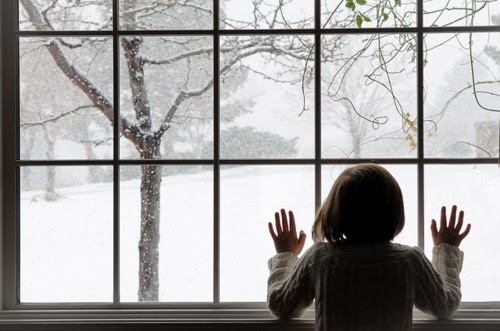[et_pb_section admin_label=”section”][et_pb_row admin_label=”row”][et_pb_column type=”4_4″][et_pb_text admin_label=”Text”]
When I say the colors of grey and brown, not many of us are really excited. Now what if I said those were the only colors you will see for the next few months? Starting to get a bit depressing I know, but sadly we are marching forward with no possibility of stopping to the doors of winter.
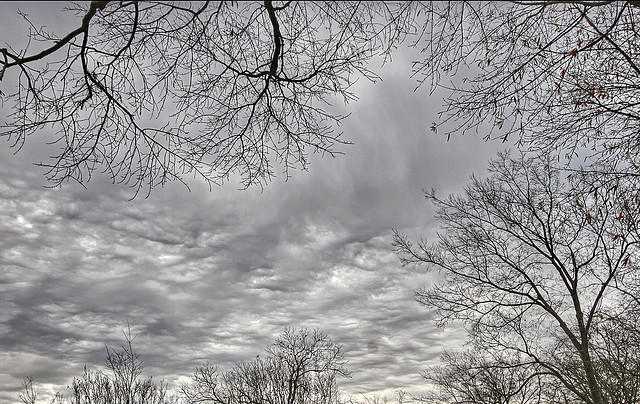
Once opened, we welcome in frigid temperatures, snow, ice and a drab looking landscape that is only tolerable when we add in some holiday lights for a few short weeks.
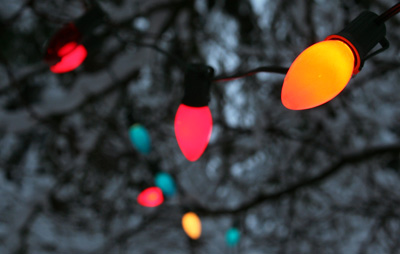
Vegetables we formerly harvested from our backyard gardens we now “harvest” from our local grocery stores as the sunlight is dim and the ground is frozen solid…or is there a way to fool Mother Nature into turning the weather of Minneapolis into that of St. Louis, or that of Memphis into Louisiana?
The answer is yes, you can change the weather, and it’s called cold frame gardening. If you have never heard of it, here is a quick description. In agriculture and gardening, a cold frame is a transparent-roofed enclosure, built low to the ground, used to protect plants from adverse weather, primarily excessive cold or wet. The transparent top admits sunlight and prevents heat escape via convection that would otherwise occur, particularly at night. Essentially, a cold frame functions as a miniature greenhouse to extend the growing season and in some cases allow gardeners to grow 365 days a year.
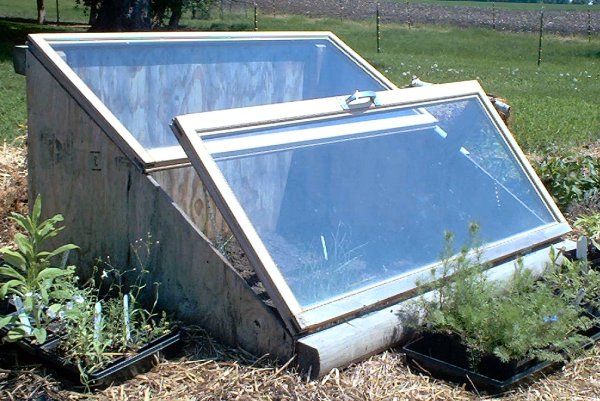
Unlike a traditional greenhouse that can cost thousands of dollars to build, a cold frame garden, and a pretty sizeable one can be built for less than $100 dollars. While this is a Blog about recycling, traditionally the enclosure is built from remnant wood and an old or reclaimed window. The nice thing about a cold frame garden is that it can both extend your growing season into winter and give you a great start to spring as it is the perfect environment to start seedlings in early spring when temperatures can fluctuate wildly and heavy rains can damage young plants.
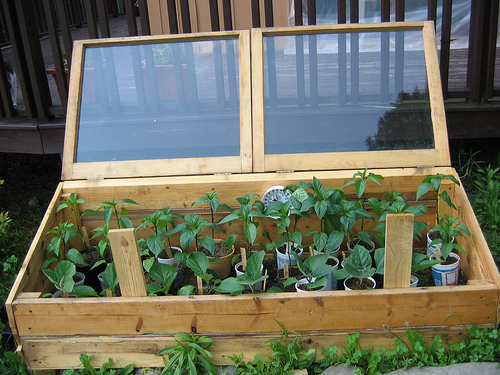
So while the skies may be grey and the ground a lonely shade of brown, you still have the chance to grow some greens for very little green! If you are an avid gardener like myself, even if it means a few less trips to the grocery store, the effort is worth every penny.
[/et_pb_text][/et_pb_column][/et_pb_row][/et_pb_section]


